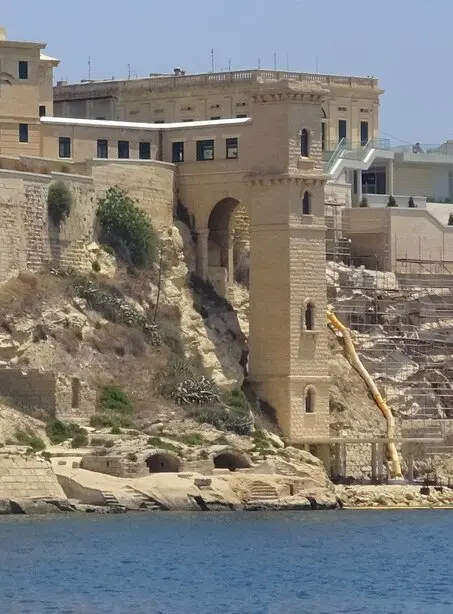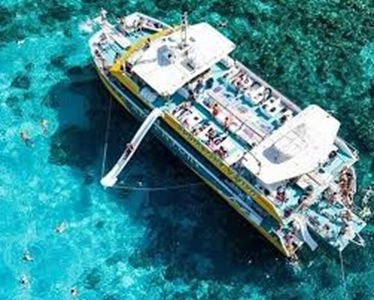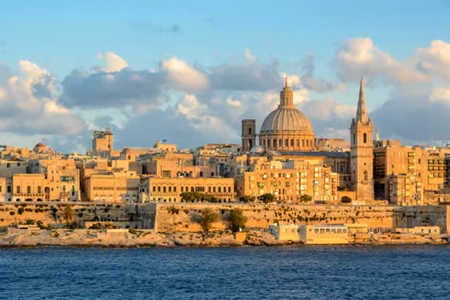Palazzo Bichi
The history of this hill within the Salvatore Hill goes back to the Phoenician period in Malta. British archeologists found four Egyptian limestone stilts here, which can now be seen in the British Museum.
App info: In our app you will find the location, address, opening hours and admission / entrance fee of this spot. If you use the app, you will find additional information and news about this spot on this page.
Palazzo Bichi was commissioned by Fra. Giovanni Bichi after a design by Lorenzo Gafà in 1675. Fra. Giovanni Bichi was the cousin of Pope Alexander VII.
This building is also known as Palazzo Bichi or later by the British called Villa Bighi.
Even before the building was ready, it was transferred to his cousin Fra. Mario Bichi, who was a member of the Order of St. John.
Fra. Mario Bichi then sold the building to Fra. Giovanni Sigismondo, who was a bailiff. The Palazzo was named Palazzo Salvatore and Gardens.
Fra.Giovanni Sigismondo became the Count of Schaesberg in 1712 and immediately sold the Palazzo to Fra. Giovanni Bichi (Not the aforementioned eponymous), who continued to live there until his death in 1712.
The building was then used for quarantine purposes for much respected people with communicable diseases such as the plague, (14th to 19th century in Europe) which resulted in many victims.
Villa Bighi Hospital
In 1800 the British period came and the Pallazzo and its gardens were designated as the location for a naval hospital.
In 1830 permission was given for the construction of Royal Navy Bighi Hospital.
The building was designed by Saverio Scerri, the eldest son of the architect family Scerri. UnFortunately, Saverio died before the Hospital was finished in 1832.
The foundation stone of this 200-bed hospital was laid by Vice Admiral Sir Pulteney Malcolm on March 23, 1830. The hospital has an eastern and a western wing and three separate buildings, all made with high ceilings and in the modern Doric style.
The hospital was also named Villa Bighi. To avoid confusion, we name the Villa Bighi Hospital.
In 1863 the son of Queen Victoria, Prince Alfred, fell ill. It turned out to be typhus. After a one-month stay he was able to leave the hospital having recovered.
In 1901 and 1903 some buildings were added for the surgical and special diseases department.
The hospital played an important role when it came to people who needed treatment and who were in the Mediterranean and they were brought up to the hospital via the water lift.
In particular during the First World War Malta was known colloquially as "the nurses of the Mediterranean" (also read the marker in this app about the Malta Old Railway, which transported the sick).
As the hospital was close to areas with a predominantly military background, the hospital was also hit by heavy bombing by the Germans and Italians. Various buildings were destroyed, and patients, nurses and doctors killed.
The hospital has been closed since 1970 and various institutions have used it as housing.
Opening hours | Not open to the public / no entry |
Address and street / location can be found on our map, click on Guide in the menu bar and you will get a map with markers. | |
Book: Buy tickets for place of interest. sights, hop on hop off buses, exhibitions, safari, etc or book and tour. | |
Additional information
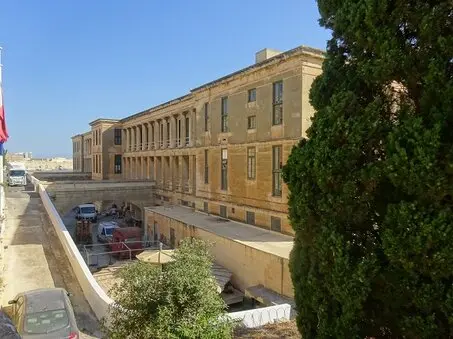
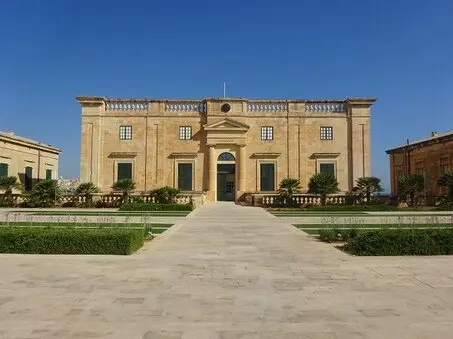
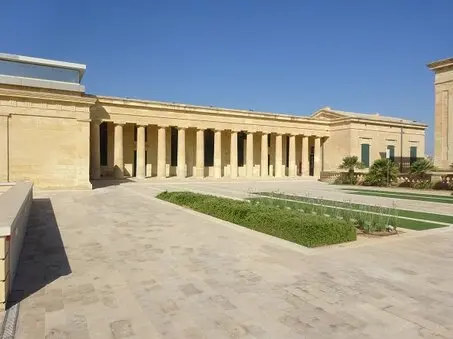
Hospital lift.
